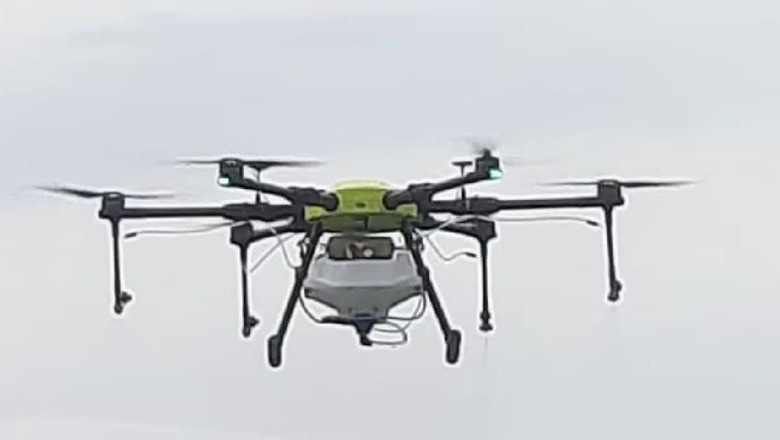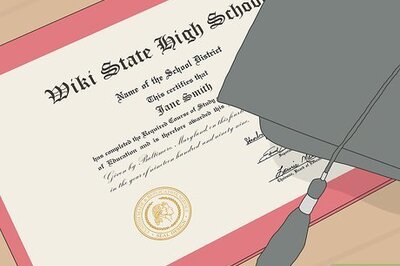
views
The Civil Aviation Ministry has announced that 90 per cent of Indian airspace is now designated as a green zone, allowing drone flights up to 400 feet. This initiative aims to position India as a global drone hub by 2030. The Drone Airspace Map, unveiled in September 2021, delineates areas where drone flights are permissible. Union Science and Technology Minister, Dr Jitendra Singh, shared in a Lok Sabha written reply that, as of July, there were 63 Remote Pilot Training Organisations in India authorized by the Directorate General of Civil Aviation (DGCA) to provide drone training nationwide.
The reform has significant implications for the Indian agricultural sector. Before the use of drones, farmers manually spread pesticides and fertilisers, a time-consuming process. With the new regulations, drones can cover extensive agricultural lands efficiently. The recent changes in airspace categorization replace the previous Red or Yellow Zones, where drone flights required prior authorization through a complex procedure involving visits to permitting agencies’ offices. Under the relaxed regulations, individuals and companies can now fly drones up to 400 feet without seeking permission.
Currently, approximately 4,000 drones are employed in agriculture across the country, with Maharashtra, Andhra Pradesh, Karnataka, Uttar Pradesh, Rajasthan, and Haryana being the leading states in drone utilization for agricultural purposes. Smit Shah, President of the Drone Federation of India, emphasised the high adoption of drones in agriculture, particularly for spraying pesticides and fertilizers. He acknowledged that the previous stringent permission requirements posed challenges for farmers.
The use of drones for pesticide spraying offers a time-saving advantage. Manual spraying typically takes 1.5 to 2 hours per acre, while drones can cover the same area in 10 to 15 minutes. Additionally, drones use 10 to 20 litres of water per acre for spraying, compared to manual methods that consume about 150 litres of water.


















Comments
0 comment